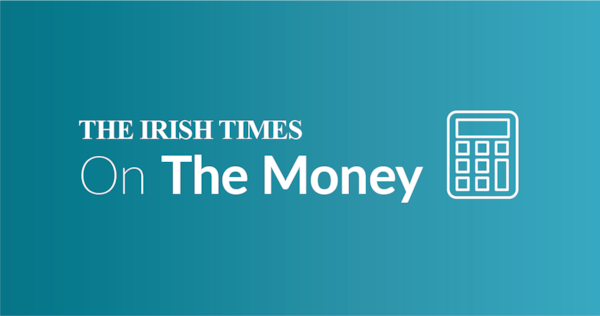Irish home prices rose at an annual rate of 7.9 per cent in May, led by properties outside of Dublin and fuelled by ongoing supply shortages and as the European Central Bank (ECB) continued to cut official borrowing costs.
The increase marked an uptick from a rate of 7.6 per cent recorded in April, the Central Statistics Office (CSO) said on Wednesday. Property prices in Dublin rose by 6.9 per cent, while those outside the capital jumped 8.7 per cent.
The median, or midpoint, price of a dwelling purchased in the 12 months to May 2025 was €370,000. The highest median price was €670,000 in Dún Laoghaire-Rathdown, while the lowest median price was €186,000 in Leitrim.
The most expensive Eircode area over the period was A94 (Blackrock, Dublin) with a median price of €770,000, while F45 (Castlerea, Roscommon) had the least expensive price of €150,000, the CSO said.
READ MORE
“Prices continue to rise faster than incomes, pushing homeownership even further out of reach for many – particularly first-time buyers who are now regularly competing with trader-uppers for an ever-shrinking pool of second-hand homes,“ said Trevor Grant, chairman of the Association of Irish Mortgage Advisors. ”With supply still falling well short of demand, this imbalance is not likely to correct itself anytime soon."
The Government, formed in January with a strong mandate to tackle the State’s housing crisis, is widely expected to fall well short of its target for 41,000 homes to be completed this year as it eyes 300,000 new homes by 2030.
The Central Bank said last week that its was “surprised” by the lack of progress and that it now estimates that only 32,500 units to be delivered in 2025. Some 30,330 homes were built in 2024.
The European Central Bank (ECB) cut its rates for the eighth time in a year last month, leaving its key deposit rate at 2 per cent, half of where it stood in early June 2024 amid a battle against inflation.
Most economists expect the ECB to reduce borrowing costs again later this year, even if US Donald Trump’s rapidly-evolving tariff policies are complicating decision-making across monetary authorities globally.
The pace of Irish home price inflation in May was more than double the 3.9 per cent recorded in the UK, according to figures from that country’s Office for National Statistics on Wednesday. UK growth has slowed sharply after hitting a two-year high of 7 per cent in March when buyers rushed to complete property sales before the end of a tax break on many house purchases.
“Today’s figures are yet another reminder that Ireland’s housing crisis remains unresolved and that it is hard for prospective buyers, particularly younger people and first-time purchasers, to realise their dreams of buying or moving homes,” said Ian Lawlor, managing director of Roundtower Capital, a leading alternative funder of housebuilders.
“Planning delays, legal challenges, and infrastructure constraints continue to hold back thousands of homes. Developers are ready to deliver, but they are working within a system that is still not fit for purpose.”
In May 2025, 3,824 home purchases by households at market prices were filed with the Revenue Commissioners, according to the CSO. This represents a 4.3 per cent decrease on the same period last year.
Existing dwellings accounted for 76 per cent of the total, with the remainder made up of new dwellings, it said.













